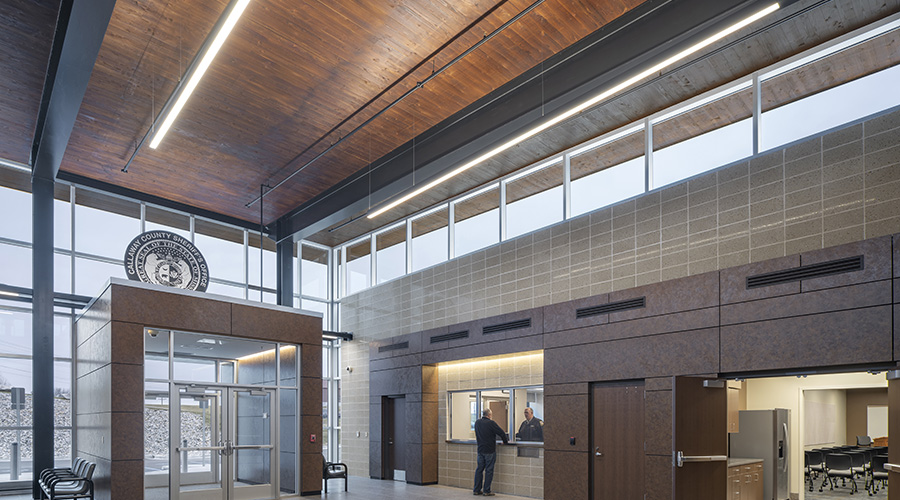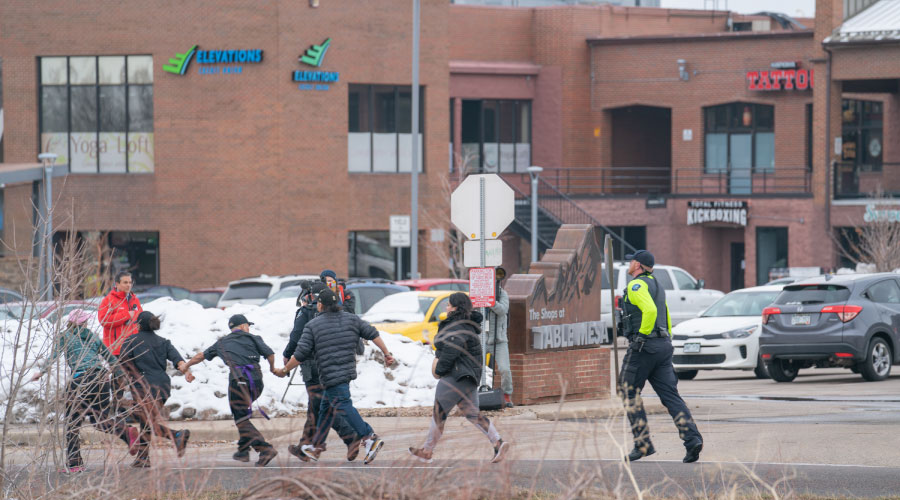Infrared Imaging and Electronic Leak Detection: The Future of Roof Inspection
Managers looking to improve their departments’ roof inspection and maintenance programs can focus on several key elements that are likely to deliver benefits.
Advances in technology have put greater power in the hands of technicians looking to locate even the smallest defects with pinpoint accuracy in new or existing roofing and waterproofing assemblies. Infrared imaging units have been available for several decades and have become mainstays of roof inspection.
“There have been advances in infrared technology and cameras, and prices of the cameras are coming down,” Spach says. “They also make a series of cameras that aren’t quite as sophisticated. If you're going to do a certain degree of work, those cameras can help you spot things. They may not be the best for all types of uses.”
Inspectors also can tap into the power of low-voltage and high-voltage electronic leak detection (ELD) systems, which monitor electric fields set up above and below the membrane surface. ELD detects membrane faults directly, even pinhole leaks that are invisible to the naked eye.
The growing popularity of vegetative roofs has delivered sustainability benefits to facilities, but these green roofs also have created challenges for inspectors looking for roof leaks.
"In the case of a green roof, inspections should be done before the overburden or the green roof is installed over the membrane because then it becomes impossible to look for a leak event with infrared,” Turcotte says. “If you have the green roof installed, those electronic methods can become much less effective.”
Monitoring access
Managers looking to improve their departments’ roof inspection and maintenance programs can focus on several key elements that are likely to deliver benefits.
"One of the best things building managers can do is use people in the industry to help them get started with the program,” Spach says. “For example, if they want their people be able to take care of emergency repairs, maybe reach out to a roofing contractor and ask, ‘Do you mind coming out and helping us out with this and train some of our people?’ Some companies will do that for free, and some companies might charge a little bit. But if you can get a couple of hours of quality time with a contractor who goes out and does repairs all the time, that would be great.”
Another proven tactic is to control rooftop access and understand who is accessing it and why. Spach and Turcotte point out the seemingly endless threats to roof membranes from HVAC technicians who access roofs to inspect and repair equipment mounted on rooftops.
“The owner should make sure that the personnel who maintain the HVAC system and have to go on the roof regularly need to be aware that they should stay on the walkways and not store their equipment or material on the roof membrane,” Turcotte says. “Foot traffic should be avoided for sure. Technicians should definitely stay on the walkways that should be provided. It's just good practice, but those mechanical people don't always realize the importance of protecting the roof membrane.”
Understanding rooftop traffic includes recording actual visits to the area.
“I would recommend that the manager maintain a log of inspections,” Turcotte says. “The workers should have a log that every time they perform an inspection, they put their name, who made the inspection and when. Also, make sure that people who maintain the HVAC systems on the roof should understand that they need to protect the membrane.”
Managers trying to prioritize roof maintenance activities and maximize their resources also need to ensure they gather as much information as possible.
“The owners should try to keep the shop drawings that were provided by the installer during construction,” Turcotte says. “Always keep those shop drawing submittals, as well as the warranty letters from the manufacturer and from the roofer. They usually get lost over the years.”
Most importantly, managers need to avoid the temptation to treat their facilities’ roofs as out of sight and out of mind.
“Some people think, ‘I've got a 20-year warranty. That thing should last 20 years. I don’t have to do a single thing for 20 years,’” Spach says. “No, it doesn't work that way.”
Dan Hounsell is senior editor of the facilities market. He has more than 30 years of experience writing about facilities maintenance, engineering and management.
Related Topics:













